A new report outlines in quantitative detail the range of options, trade-offs, and costs to guide future policies in achieving carbon neutrality by 2045.
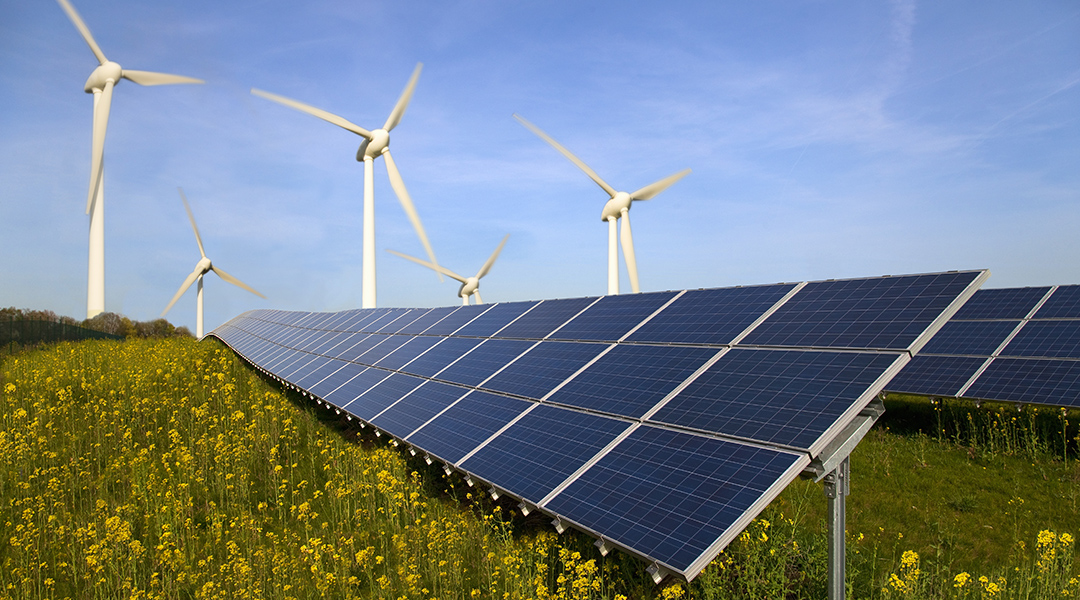

A new report outlines in quantitative detail the range of options, trade-offs, and costs to guide future policies in achieving carbon neutrality by 2045.
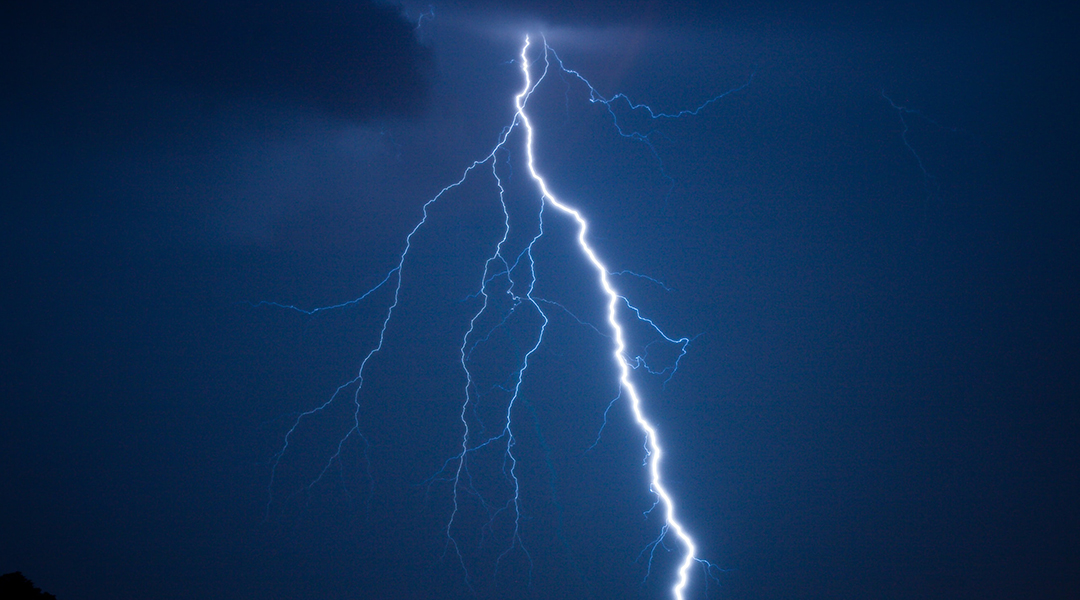
Miniature plasma reactors mimic how lightening makes renewable nitrogen fertilizer using just sunlight, water, and air.
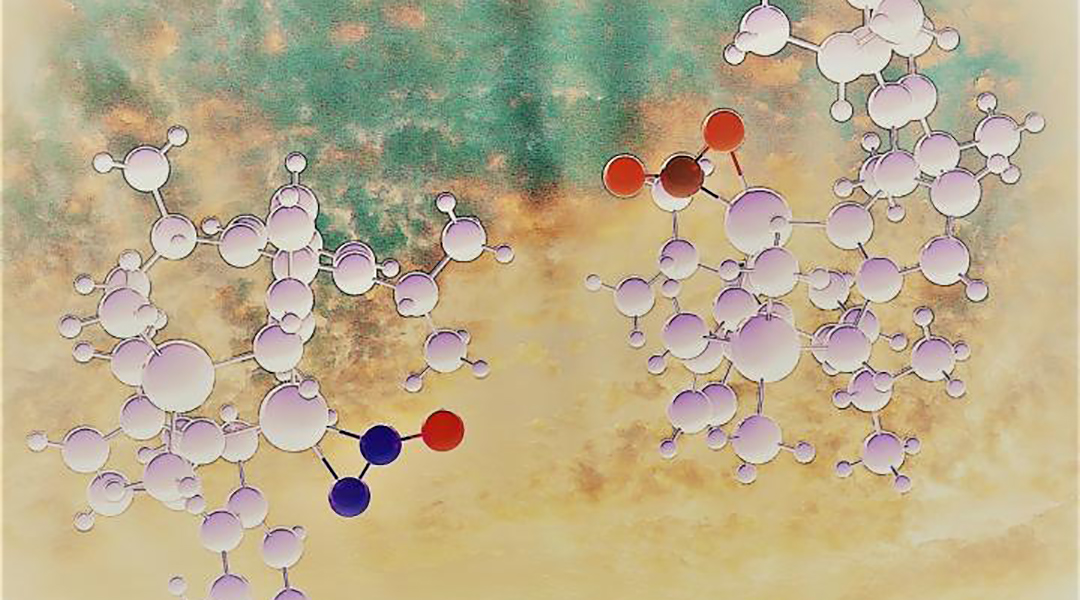
Synthesis of a rare metal complex of nitrous oxide opens new vistas for the degradation of a potent greenhouse gas.
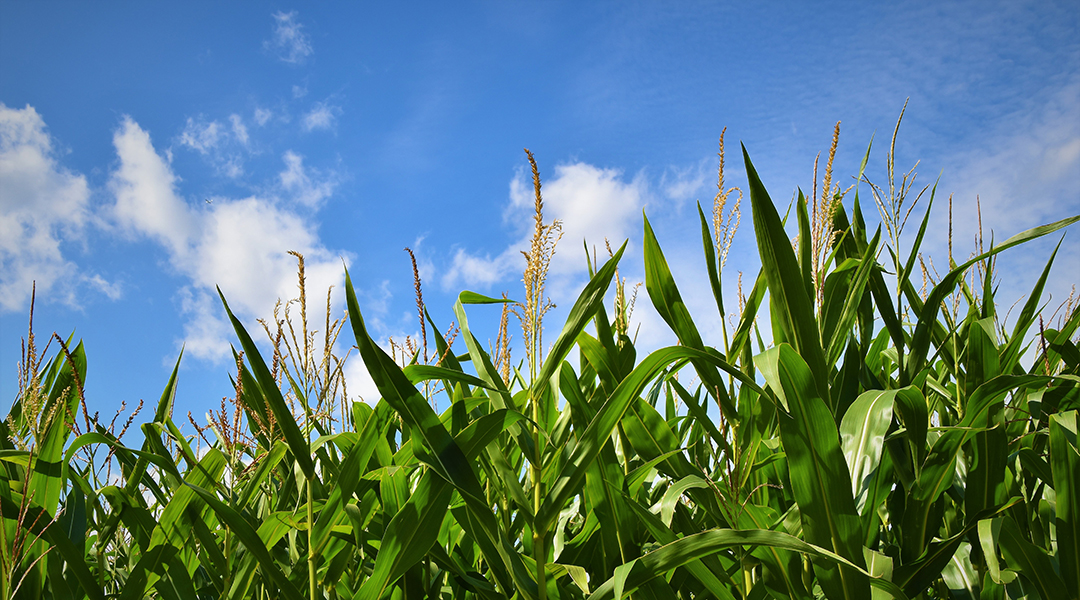
Researchers explore how the predicted increase in variable rainfall and higher temperatures will impact management of common weeds for corn production.
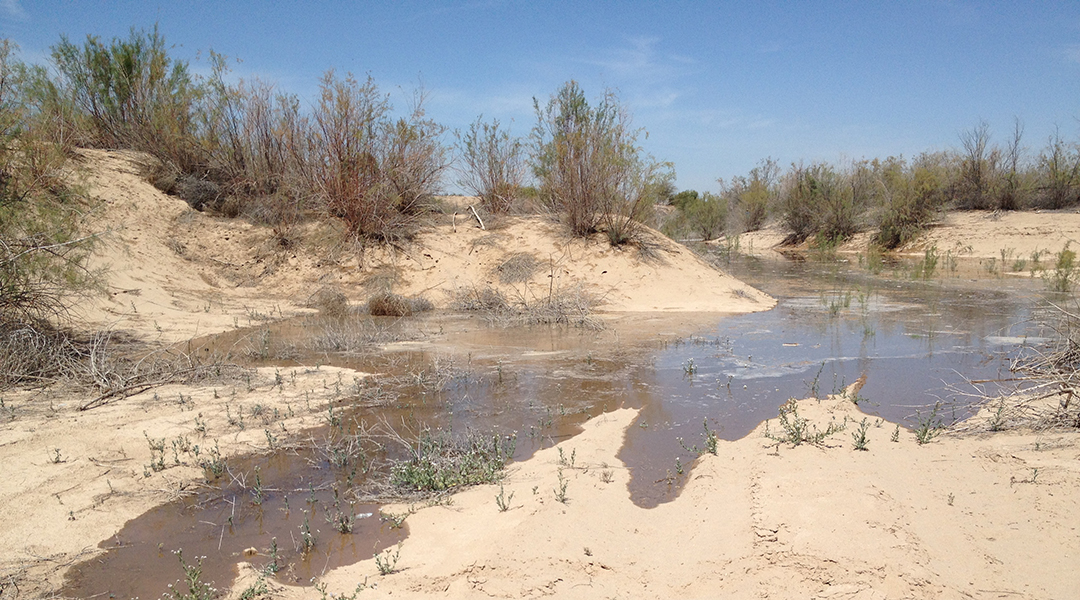
As an increasing global population moves into areas where non-perennial rivers are common, we need to understand how human water needs impact when, where, and how much these rivers flow.
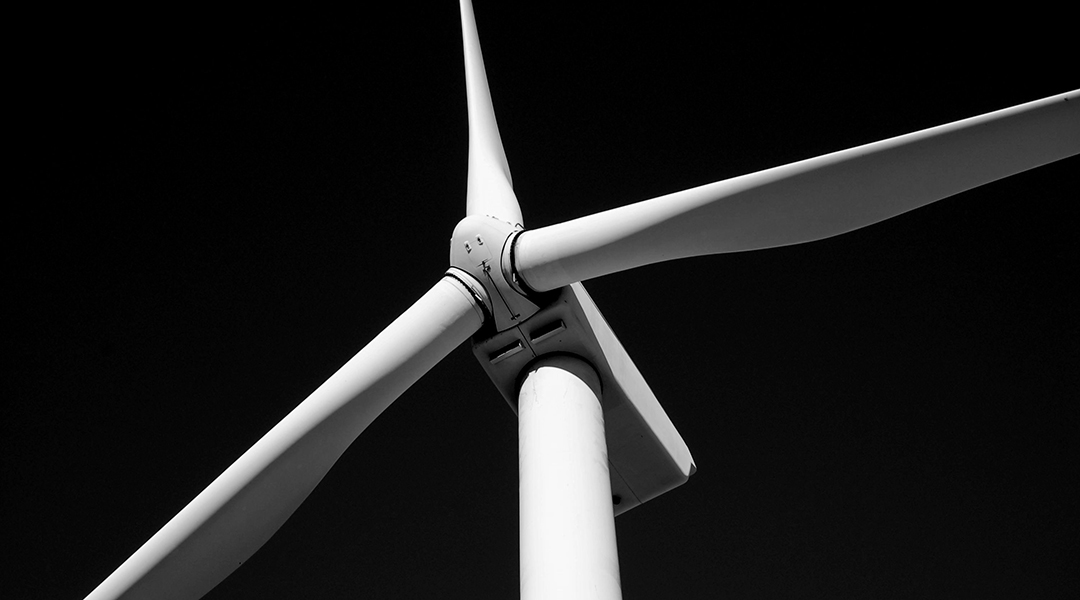
How ignoring the dynamics of the energy transition leads to overestimating transition cost and unjustified delay of climate action.
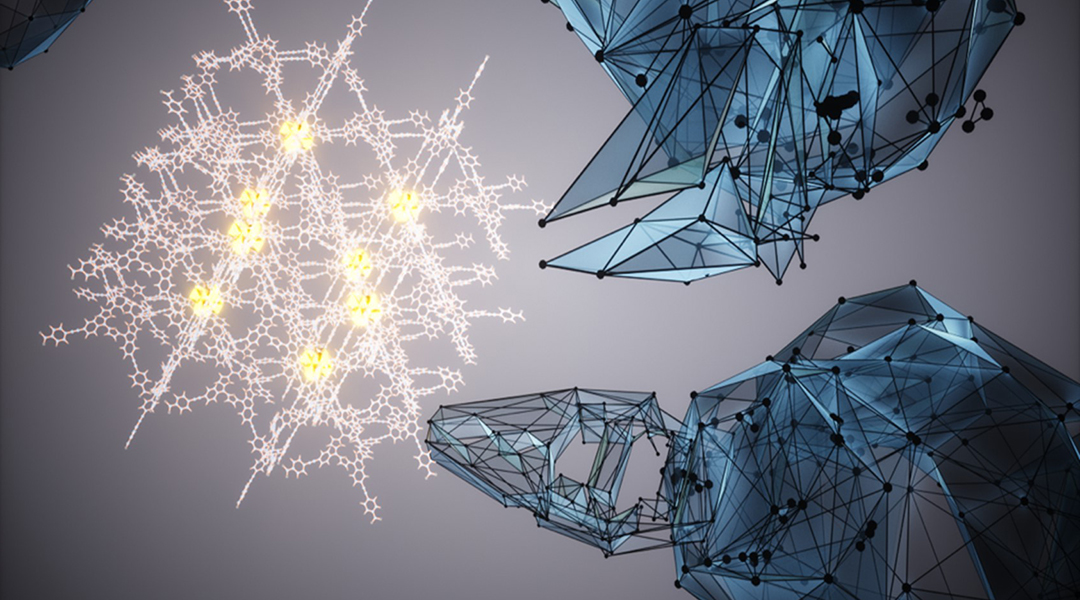
A new machine learning strategy searches for desirable materials properties rather than building blocks, which researchers hope will lead to better materials to help spark a green economy.

Small changes in societies’ behaviors could lead to positive cascading effects that will mitigate climate change.

Can the Haber–Bosch process be green?
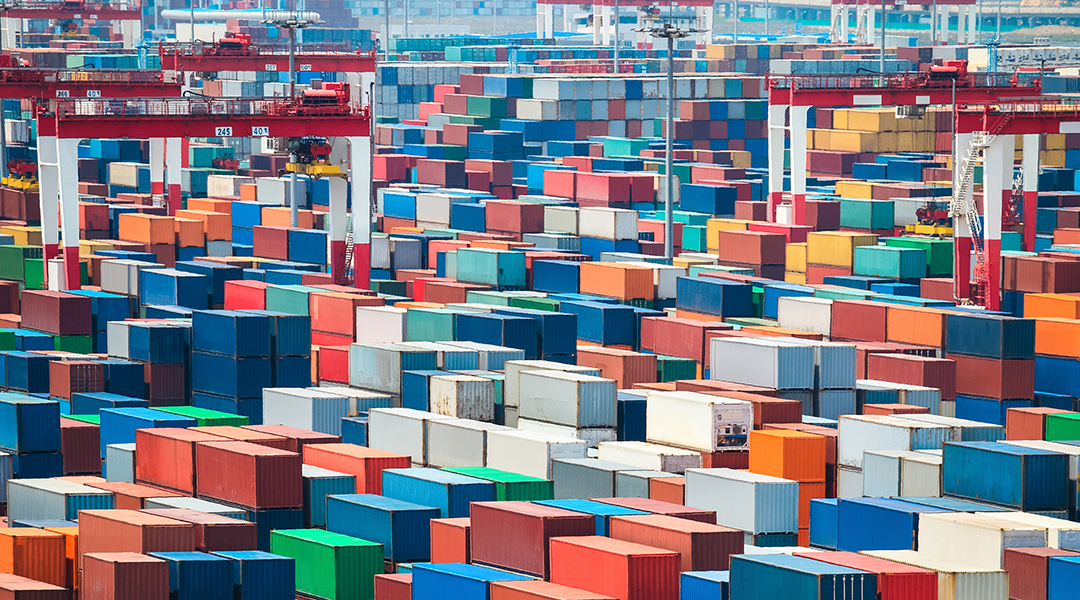
Oceanbird, a newly designed transatlantic car carrier, is powered by wind and could significantly reduce the carbon footprint of marine transportation.